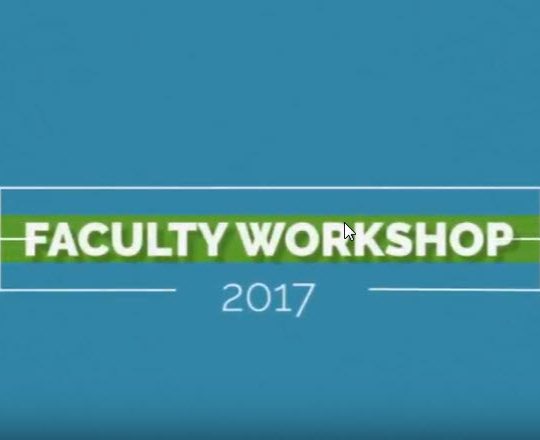by Dr. John Song, Full-time Bible Faculty, Atlanta
In our recent webinar, we had a panel of great instructors share some of their best teaching practices. The goal was to discuss how we can better engage our students. My personal contributions consisted of some basic but hopefully helpful principles. The three principles were: (1) relationships, (2) relevance, and (3) reflection.
First is relationship. While this seems obvious to many, it remains as a key component in increasing student engagement. Students tend to stay engaged in the classroom when they intuitively sense that their instructor cares about their success and overall well-being. This is a biblical form of shepherding. I suggested during the webinar that there were some key indicators that can help us gauge whether we have established sufficient rapport with the students. One of those indicators was whether the student felt comfortable asking the professor for prayer. As we all know, personal challenges can be serious obstructions to learning. Building trust and praying for our students, then, can make us better shepherds who can keep our students engaged. Trust can be built by sharing a moment of laughter and making conversation during breaks. These moments may hold more value than we surmise.
The second is relevance. During the webinar, I shared a brief anecdote about my personal experience in college. Before the dawn of the information revolution — the internet — I learned in my finance classes how to calculate loan payments. This required an expensive Hewlett-Packard finance calculator. To make a long story short, by applying what I learned I realized that I was being overcharged in my car loan. The moral of the story is that when instructors make the material practical students tend to become more engaged.
The third was reflection. Beyond the attempts at minor quips in the second principle, I tried using a more concrete example with this last point. I used the analogy of a “cup.” Our students, I argued, were like cups and over time these cups were filled with, to name a few examples, (1) elements of Christianity, (2) family and cultural values, (3) postmodern assumptions, (4) Nietzsche’s me-centered “will to power,” (5) hedonism, (6) nihilistic depression and so forth. What is interesting about this syncretistic mixture is not only the elements that have been inserted into this cup but the fact that after unconsciously swirling these worldviews together we label it “Christianity.” This again may seem obvious to those who study theology like myself but many don’t realize that from this we do what Ludwig Feuerbach has accused Christianity of doing all along — we take from this admixture (and because we have labeled it Christianity) we then project an image of “God.” In other words, our understanding of God is affected by what has been placed into this cup. This also, in turn, affects the way we live. Our job as faculty, then, is to help our students discover what is in this cup. By doing so, we keep our students engaged.
I personally enjoyed this webinar. I certainly learned a lot from my colleagues and I thank them for their valuable ministry at Belhaven.
If you would like to view the webinar it can be found at this LINK







